Simplifying and standardising trade finance faces a myriad of challenges but is necessary to enable open, secure trade finance. Given the complexity of trade finance, that is, the interlinkages between banks and messaging systems, corporates and various systems, the compliance and regulatory agenda, the challenge is not easy. Yet there are many initiatives and groups driving the digitalisation agenda within trade finance, and as part of my commitment to working group 3 of the Standardised Trust, I caught up with Harri Rantanen at SEB to find out more about the objectives and mission behind Standardised Trust.
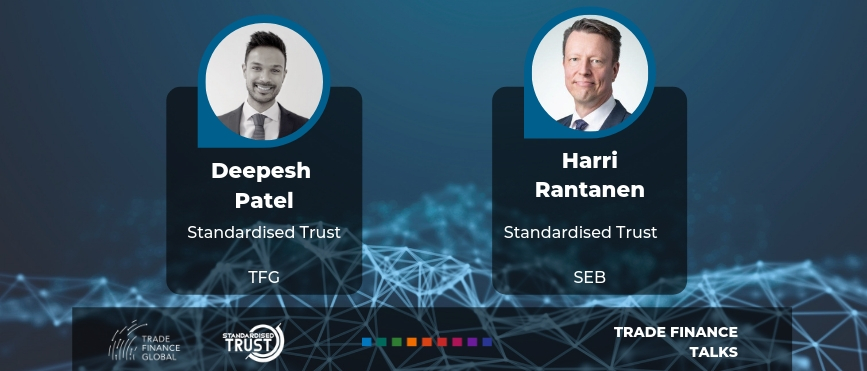
Deepesh: Harri, thanks for joining me today! What are the three MAIN challenges in global trade?
Harri:
- Lack of trust
- Lack of true global interoperability
- Local and regional political agendas and regulations
DP: How is Standardised Trust, a Trade Finance expert community, looking to address these challenges?
HR: During the first two years of Standardised Trust’s work we have realised a multitude of groups addressing very similar challenges, yet many of those are somehow related to technology – or have one stakeholder group heavily weighing in on the agenda and setup of the group.
In the Standardised Trust, we truly try to provide the input and contributions from various stakeholder groups in a more balanced non-biased way. In terms of geographic scope, our community is still very European and Nordic focused, but hopefully, we will get more traction in the other parts of the world.
In our original White Paper, we set the goal to improve the status quo by creating a common semantic model for Trade Finance (TF) to be used by various existing and new solutions within the sector. This would make solutions tangible and affordable for the global trade community, allowing even smaller companies to participate easily, which would, in turn, increase participation and strengthen the overall trust of trade finance.
ISO 20022 (SWIFT) and Trade Finance
DP: What is the relationship with SWIFT, the BPO and ISO 20022, and how are they linked with Trade?
HR: In the community we follow-up TF standards, technology and other similar types of groups and communities, which is the basis of our governance framework.
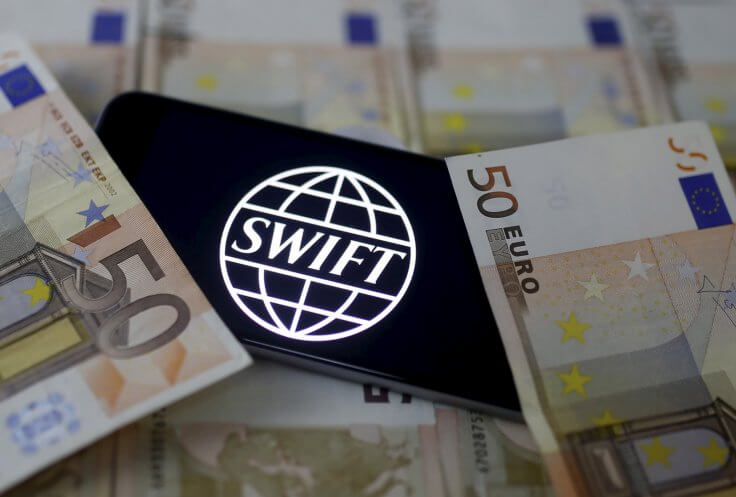
SWIFT, with their MT7xx message set and model, has had a key role in enabling the banks and SWIFT connected corporations to operate with TF instruments electronically.
The MT7xx message set, however, is somewhat outdated and not necessarily in tandem with modern platforms.
Our community has examined the ISO 20022 business and data model as a basis to finetune it for these purposes. It is more structured and well-designed to act as a cornerstone for trade finance. SWIFT also used ISO 20022 standards in its BPO/TSU setup which will be shut down by the end of the year 2020, which of course sets up requirements to establish good alternative options for BPO use cases.
UCP Rules by ICC
DP: What are your thoughts on UCP rules by ICC, (in particular, their recently updated eUCP rules)?
HR: The International Chamber of Commerce are a world leading rule making body in terms of rules and governance of trade, including setting International Standard Banking Practise (ISBP) sets, which is something that our End-to-End business process working group evaluates.
We try to keep track of ICC updates and innovations to think about new ways for TF digitalisation and transformation challenges, given that in order to stay relevant, the ICC must renew many of these over the next years.
At the Standardised Trust community, we also try to have a challenging view on the traditional ICC rules set and build some more concrete rules within the upcoming semantic models. Here at the Standardised Trust, we would like to collaborate well with ICC digitalisation working group to align and contribute from our perspective.
DP: We’ve been trying to standardise Trade Finance for decades, it hasn’t worked. Why, and what can we do to accelerate this?
HR: This is the core problem; many of us argue that true standardisation has never really been fully attempted. At least, where digitalisation is a core focus for all counterparties i.e. in both banks and corporates.
As discussed earlier, the only way forward is a true collaboration. As new, emerging tech solutions arise, there is a big risk that interoperability is not taken care of and all benefits we get from new technology is lost when the solutions are not able to discuss with each other.
How can banks and corporates start to digitise in an environment of non-streamlined or non-working TF processes? A similar type of observation was made by the R3 project team and members of Marco Polo (the Open Account blockchain platform) who decided to separate Universal Trade Network standardisation and harmonisation workgroup from the project and invite external members to join to address the global trade challenges discussed earlier.

Blockchain for Trade: A Network of Networks?
DP: Is the future of standardisation of blockchain networks a network of networks, or is it much more than this?
HR: DLT/Blockchain is one option to make some unnecessary intermediates in Trade Finance obsolete, but from Standardised Trust perspective, there is no recommendation of which technologies should be used to gain the needed changes and improvements.
We could even make a comment that underlining a certain specific technology may just blur the actual development needs in TF. We follow-up and see big opportunities with the Internet of Things, Artificial Intelligence (Machine Learning and Natural Language Processing) as well as better integration with Application Programming Interfaces to improve the status quo. We, as a community, try to cater the basics of technology for our business process experts and designers to rethink, innovate, and possibly even agree on development needs with the processes to utilize better new tech options and features.
I spoke to Michael Boguslavsky about how AI, machine learning and NLP can be used in trade finance, listen to it here:
DP: Where do you see Standardised Trust in the next 3-5 years and what are the key longer-term objectives?
HR: I see our community becoming as a key market practice contributor and player within the Trade Finance development area to act as a bridge between ICC rules and vendors implementing practical solutions for TF business stakeholders.
There is a need to validate rules and market practices and compose them for emerging tech solution requirements, as well as following up a common semantic model with business vocabulary in TF. Within five upcoming years, I hope, we have grown into this position and can be one of the most relevant reference organisations enabling true TF digitalisation.
The Author would also like to thank further edits from Mr Jari Hänninen from Nokia
 Australia
Australia Hong Kong
Hong Kong Japan
Japan Singapore
Singapore United Arab Emirates
United Arab Emirates United States
United States France
France Germany
Germany Ireland
Ireland Netherlands
Netherlands United Kingdom
United Kingdom






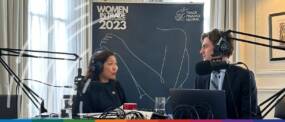
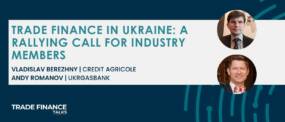
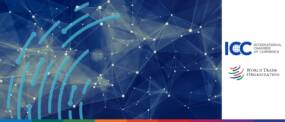

Comments are closed.